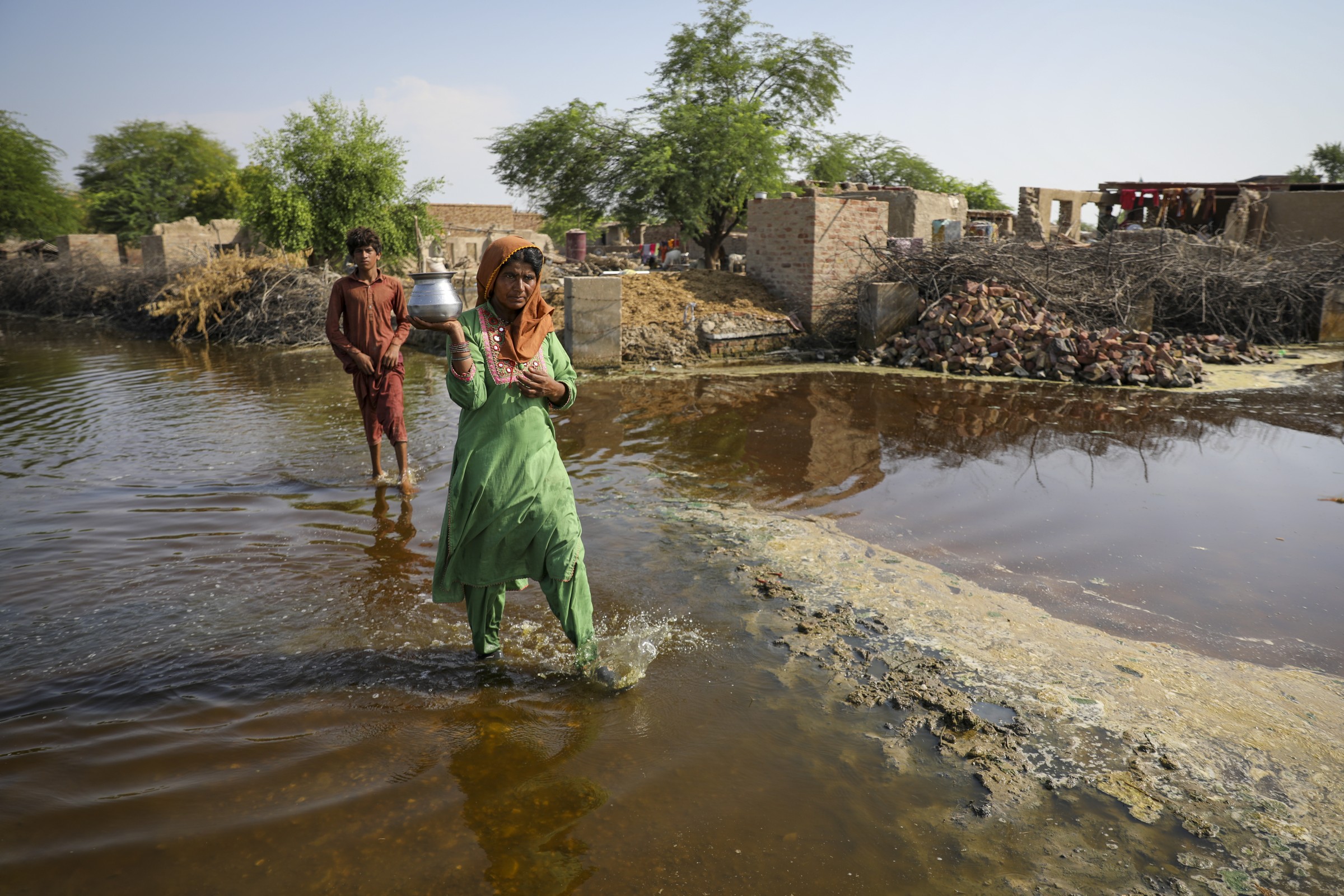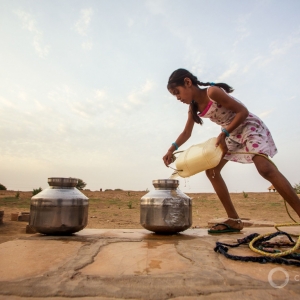The Stream, November 9: Aftermath of Drought and Flood Hurts Children in Kenya, Pakistan

On 11 September 2022, a woman with her son wade through flood water after collecting drinking water from a hand pump in a flood-affected village in Sindh Province, Pakistan. Photo © Asad Zaidi/UNICEF
YOUR GLOBAL RUNDOWN
- Drought-affected countries pledge mutual support during the first days of UN climate summit.
- Environmental groups claim that more than nine in 10 coal plants in the United States are polluting groundwater via waste dumps.
- A California city receives emergency aid to prevent a water shortage.
- Extreme weather fueled by a warming planet is devastating children in Kenya and Pakistan.
The export market for avocados is upsetting the ecological balance in Colombia’s high-altitude wetlands.
“In all cases, it will be a threat not only to the páramo but especially to those sectors that are downstream from the crop. Coffee does not require irrigation, while avocado demands water. And a lot of it.” – Cristo Perez, an agricultural engineer at Stockholm Environment Institute in Latin America.
The rapid growth of the avocado industry threatens Colombia’s ecosystems and water security, Mongabay reports. The center of the conflict is the páramo, a high-altitude wetland ecosystem that is the source of many of Colombia’s major rivers. Between 70 and 80 percent of the country’s drinking water comes from páramos. Around some páramos large farming enterprises have uprooted traditional agriculture and instead planted vast tracts of avocados. The avocados not only disrupt the forest’s water cycle. They also require substantial amounts of irrigation.
Why It Matters: Headwaters ecosystems are the origin story of rivers. Communities from Ecuador and Peru to the United States are recognizing the value of protecting these water-producing areas. In the Rio Grande watershed, an ambitious eight-year-old forest restoration initiative called the Rio Grande Water Fund channels public and private dollars into forest restoration projects in southern Colorado and northern New Mexico that reduce the risk of catastrophic fires in the state’s largest and most essential watershed.
— Brett Walton, Interim Stream Editor
Recent WaterNews from Circle of Blue
- Slow to Start, Federal Water Bill Assistance Program Ramps Up — New program encounters many hurdles.
- Election 2022: Water Regulation and Spending Punctuate State and Local Ballots – Groundwater regulation, legal rights to clean water, and spending measures highlight this election cycle.
Drought in the American West
A California city at risk of breaking the bank to ensure its water supply did not run out has been handed a financial lifeline. The state Department of Water Resources granted $1.2 million to Coalinga, a Central Valley city of 17,000 people that had nearly exhausted its water allocation from a federal canal. The funds will help the city buy water on the market, an act that city leaders feared would have been a financial burden on the high-poverty area. The purchased water comes from a local irrigation district.
Check out Circle of Blue’s drought coverage for more of the biggest headlines out of the drying American West.
This Week’s Top Water Stories, Told In Numbers
91 Percent
Share of coal ash disposal ponds in the U.S. that are polluting groundwater with heavy metals and other pollutants. That is according to an investigation by the environmental groups Earthjustice and Environmental Integrity Project.
On the Radar
The aid group CARE International says that drought in southern Kenya is causing more students to drop out of school. Based on survey data, the group found that 99 percent of students who left school in September and October in Kajiado Central Sub-County did so to help their families find food for cattle herds. Most people in the region are pastoralists who rely on livestock. Teachers say that students who remain in school are often lethargic and hungry.
Hunger is at worrisome levels in Pakistan as well, where the country is still reeling from massive monsoon floods that hit in the summer. The World Health Organization notes high rates of acute malnutrition and an uptick in malaria cases. After the floods covered nearly one-third of the country there is limited access to safe water and sanitation. Aid agencies worry that Pakistan’s post-disaster struggle is being forgotten among competing international priorities.
More Water News
COP27: Drought-stricken work together to fight water woes
Ripple Effect: As global freshwater basins dry up, the threat to ecosystems and communities grows
Climate Risk: Kathmandu finally got tap water. After a climate disaster, it was gone
The Amazon: The killing of Dom and Bruno
Brett writes about agriculture, energy, infrastructure, and the politics and economics of water in the United States. He also writes the Federal Water Tap, Circle of Blue’s weekly digest of U.S. government water news. He is the winner of two Society of Environmental Journalists reporting awards, one of the top honors in American environmental journalism: first place for explanatory reporting for a series on septic system pollution in the United States(2016) and third place for beat reporting in a small market (2014). He received the Sierra Club’s Distinguished Service Award in 2018. Brett lives in Seattle, where he hikes the mountains and bakes pies. Contact Brett Walton







Leave a Reply
Want to join the discussion?Feel free to contribute!